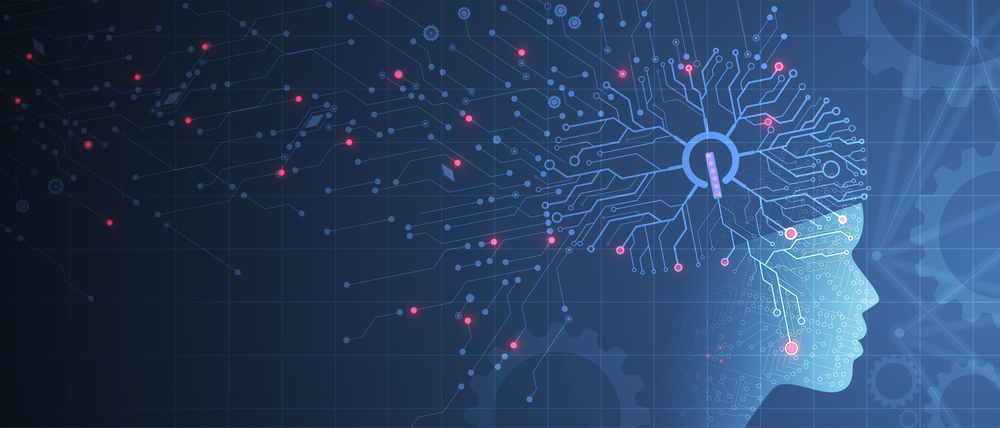Abstract
The Theory of Constructed Emotion (TCE) offers a revolutionary lens for understanding human feeling, cognition, and behavior. Emotions are not biologically predetermined, but dynamically constructed by the brain based on interoception, prediction, language, and context. This reconceptualization has far-reaching implications beyond individual well-being—transforming how systems in healthcare, education, justice, policy, and artificial intelligence approach human emotion. This article explores the scientific future of emotion research and outlines a vision for systemic reform grounded in the core tenets of TCE.
Keywords
Constructed Emotion, Emotion Science, Systems Change, Neuroscience, Public Policy, Emotional Intelligence, AI and Emotion, Health Equity, Emotional Design
Introduction
What if our public systems—healthcare, education, criminal justice, and even artificial intelligence—are all operating based on an outdated theory of emotion?
For over a century, prevailing models have treated emotions as automatic, biologically hardwired reactions that can be read, managed, or controlled. However, mounting scientific evidence reveals that emotions are constructed, not reflexive (Barrett, 2017). The Theory of Constructed Emotion (TCE) suggests that the brain constructs emotions through prediction, interoception, and learned emotion concepts. This paradigm shift is not just academic—it demands a rethinking of how our institutions engage with human emotion.
Theoretical Framework
From Reaction to Prediction
TCE proposes that emotions are not triggered by external stimuli, but actively constructed by the brain in an effort to predict and regulate internal bodily states (Barrett & Simmons, 2015). This process is shaped by language, culture, experience, and context—not fixed neural signatures.
The Problem with Outdated Models
Systems built on the assumption that emotions are universally recognized, biologically predetermined states often:
- Misread cultural and individual variation
- Over-rely on facial expression analysis
- Pathologize non-conforming emotions
- Limit emotional education to simplistic models (e.g., “happy,” “sad,” “angry”)
These inaccuracies lead to systemic bias, inequity, and ineffective interventions.
Application / Analysis
Healthcare Systems
In psychiatry and medicine, diagnosis often assumes that certain emotions—like anxiety or sadness—are discrete, abnormal, and universal. But TCE shows that emotion categories vary across individuals and cultures (Lindquist et al., 2015). This calls for:
- Personalized, dimensional assessments of emotional experience
- Greater emphasis on interoceptive awareness and emotion education
- Avoidance of over-pathologizing culturally normative emotional expression
Education Systems
Emotional intelligence programs often teach children to recognize and regulate “basic emotions,” ignoring the complexity of emotional construction. Schools can:
- Promote emotional granularity through language development
- Encourage body-based awareness alongside cognitive regulation
- Validate cultural differences in emotion expression and meaning
Criminal Justice and Law Enforcement
Technologies and practices based on “reading emotions” from facial expressions (e.g., lie detection, predictive policing) are grounded in debunked theories (Gendron et al., 2014). TCE challenges the validity of:
- Facial recognition software used to detect emotion or intent
- Emotional profiling in interrogation or surveillance
- Assumptions about “emotional demeanor” in courtroom settings
Artificial Intelligence and Design
AI systems that claim to detect emotions typically rely on flawed universal emotion models. Future emotional AI must:
- Recognize emotion as context-dependent and learned, not fixed
- Account for cultural and individual variation
- Avoid reductionist labeling in human-computer interaction
Public Policy and Equity
TCE offers a framework for more equitable policy design, by showing that emotional behavior is not an index of truth or pathology but of context, learning, and prediction. Policies shaped by this understanding can:
- Support trauma-informed approaches
- Reframe behavioral interventions in schools and prisons
- Reduce racial and cultural bias in emotion-related decisions
Implications
For Scientific Research
Future research should:
- Expand samples beyond Western, Educated, Industrialized, Rich, and Democratic (WEIRD) populations (Henrich et al., 2010)
- Investigate emotion construction in dynamic, real-world environments
- Integrate neuroscience, anthropology, linguistics, and systems theory
For System Redesign
TCE encourages institutions to:
- Move from control-based to construction-based approaches
- Incorporate emotional concept learning into training and curricula
- Recognize emotions as emergent, not diagnostic
For Human Flourishing
Understanding that emotions are constructed means:
- We can retrain our emotional habits
- We can build systems that nurture—not suppress—emotional life
- We can reclaim emotional agency and reduce structural harm
Conclusion
The Theory of Constructed Emotion is not only a scientific revolution—it is an ethical one. By understanding emotions as predictions shaped by body, brain, and culture, we gain new tools to reform our systems, reimagine our relationships, and rebuild a world where emotional intelligence is not controlled—but consciously constructed. The future of emotion science lies in its power to transform not only minds, but societies.
References
- Barrett, L. F. (2017). How emotions are made: The secret life of the brain. Houghton Mifflin Harcourt.
- Barrett, L. F., & Simmons, W. K. (2015). Interoceptive predictions in the brain. Nature Reviews Neuroscience, 16(7), 419–429. https://doi.org/10.1038/nrn3950
- Gendron, M., Roberson, D., van der Vyver, J. M., & Barrett, L. F. (2014). Perceptions of emotion from facial expressions are not culturally universal: Evidence from a remote culture. Emotion, 14(2), 251–262. https://doi.org/10.1037/a0036052
- Henrich, J., Heine, S. J., & Norenzayan, A. (2010). The weirdest people in the world? Behavioral and Brain Sciences, 33(2–3), 61–83. https://doi.org/10.1017/S0140525X0999152X
- Lindquist, K. A., Satpute, A. B., & Gendron, M. (2015). Does language matter for emotion? Current evidence and new directions. Emotion Review, 7(2), 130–134. https://doi.org/10.1177/1754073914553006
Download the scholarly version of this article by clicking HERE

